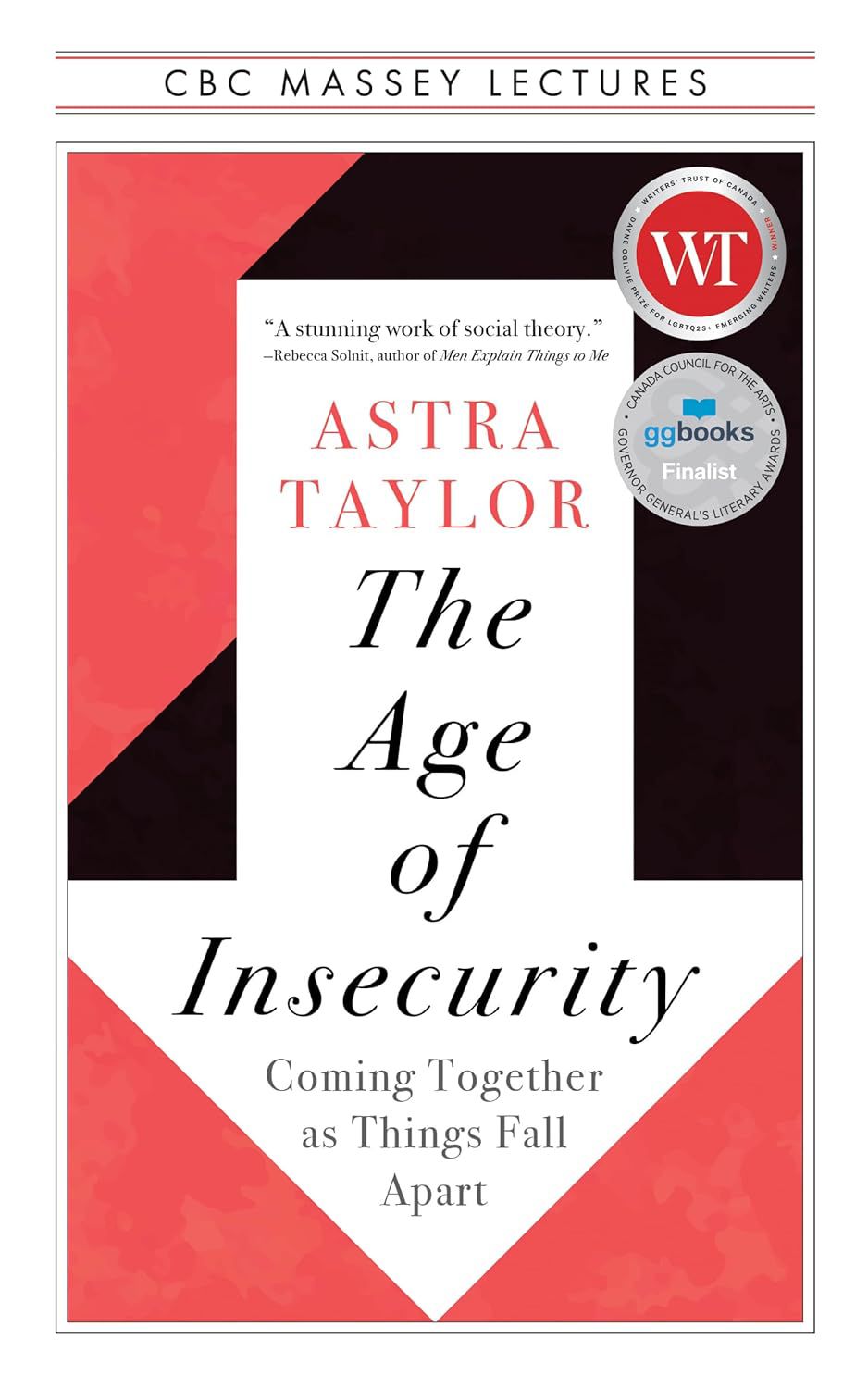.svg)
Stan Persky and John Dixon ask important questions in their book On Kiddie Porn: Sexual Representation, Free Speech and the Robin Sharpe Case (New Star). Is possession of a photograph depicting a criminal act a criminal act? Is possession of a drawing of a criminal act a criminal act? What is the difference between a drawing and a photograph? If I write a story in which I imagine having sex with a child and then “possess” my story by occasionally reading it, am I committing a crime? Are “products of the imagination” different from or the same as “mechanically or electronically produced representations of reality”? These questions lead to others: what, in legal terms, is a “person”? What, or who, is a child? The Canadian Criminal Code sets the age of sexual consent (and therefore the logical end of childhood) at fourteen, but makes it illegal to own or show a picture of someone under eighteen having sex because that someone is legally a child. So if I am seventeen and having consensual sex with an age mate, that’s legal; but if I take or draw a picture of myself having sex it’s illegal. In other words, I’m not allowed to own my own image. If I don’t own it, who does? Persky and Dixon recount the case of Robin Sharpe, a Vancouver man who was arrested at the U.S.A.-B.C. border in 1995 for possessing photos of nude youths and self-authored stories (on computer disk) about sex with boys. He was accused under Section 163.1 of the Criminal Code, the so-called “Kiddie Porn” law passed in 1993; he then launched a constitutional challenge to the law, questioning the right of the state to intervene in the products of citizens’ minds. The B.C. Supreme and Appeal courts upheld his challenge, but the federal Supreme Court rejected it, and Sharpe went to trial. Persky and Dixon show that the federal Supreme Court was wrong, and that a combination of political shenanigans and loose legislative-cum-judicial language created in Canada a climate wherein it is possible to commit thought crimes and to be punished for the contents of one’s imagination. In telling the story of the media feeding frenzy surrounding the Sharpe case, the authors brilliantly reconstruct the process by which mass media deliberately or by unconscious manoeuvre blur the boundaries between words and actions, between thoughts and pictures of thoughts, and in so doing construct for us a world in which action becomes constrained and reaction appears as the only alternative.








